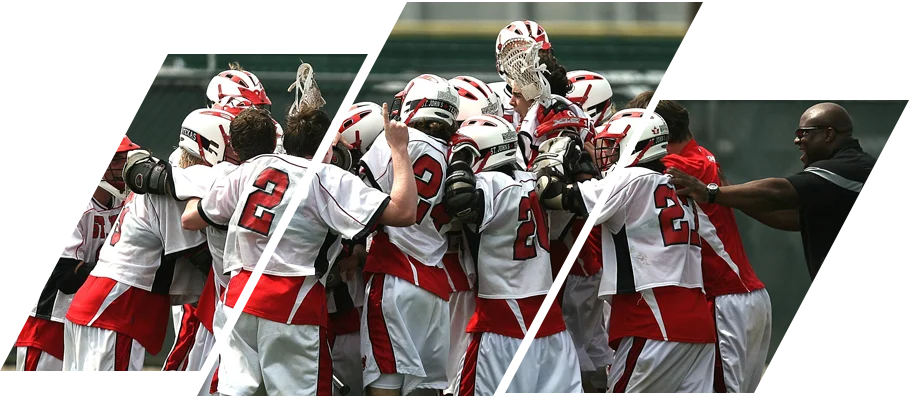Points to help with sports performance analysis and match tagging
Sports performance analysis, or match tagging, is now regarded as a “must have” tool when it comes to improving match results and player performances.
Sports performance analysis, previously only available to elite teams because of the expense of buying match tagging software, camera’s and paying analysts etc., is now much more commonplace in schools, colleges, universities and grass roots clubs.
No longer do coaches, sports scientists and analysts have to stand at the side of the pitch with pen and paper in hand. Sports performance analysis software has made match tagging quicker, easier and far more efficient. Matches can be tagged during the game using apps for smart phones and tablets, and can be tagged post game using software like iSportsAnalysis.
The idea behind match tagging is to create a timeline of all the events you deem relevant or important in a match, and to present this data in reports which help to determine areas of development, areas of strength, home and away team strategies and much more.
What you tag is dependant on what you need to analyse. For example, you may be focused on how well your team attacked or defended in comparison to the opposition.
There are no limitations as to what you can tag, or to the reports you can generate.
Positioning your camera for best match tagging results
One of the most basic points to bear in mind is the positioning of the video camera recording your match. Your camera needs to have a birds eye view of your match. If you film from the side of the pitch you will not get the same overview of the game being played and you will have the added complication of players on the pitch getting in the way of the events you want to record, like a penalty on the other side of the pitch, or a goal at the opposite end of the pitch.
You may like to use a tripod which can elevate the camera to a 7 metre height, you may have your camera mounted on a nearby roof. Which ever method you use, you will have to make a decision as to whether you use a cameraman to film your match.
The advantage of this is that your cameraman can follow the relevant play in the match and can zoom in on relevant events making tagging post match much easier. If you have a fixed mounted camera you may have to set your camera to record the whole pitch.
What to tag in your match
When it comes to tagging events in matches, professional coaches and sports scientists will know what they want to analyse and how they want their tagging set up.
It is worth understanding that there are probably as many ways to set up tagging and analysis as there are coaches, there are no fixed rules or standards.
If you are unsure there are some simple questions you might want to ask:
- What am I looking for from this analysis
- What would I like to feedback to my team and players
- Would I like to analyse the overall team performance, or analyse how individual players played
- How can I use this analysis to educate players
- Would I like to show where the team and individual players can improve
Want to see match tagging in action? Watch this video.
Improve your team's performance
Get insights, get winning
Sign up now and get started
Some advantages to tagging events in your match
As you tag your match you will build a timeline of the events that happened. This means you can feedback efficiently, and can pick significant moments out of game for more efficient teaching.
You don’t have to write down times where all the penalties happened; for instance, you can click on the event in your timeline and be immediately taken to the exact point in the video the event happened.
This is very important when it comes to keeping players engaged during training and debriefing sessions.
Being able to demonstrate strengths and successes in a match makes it very easy to motivate your players. You can quickly show teachable moments and demonstrate where improvements have been made.
You can also review what happened historically because you can quickly refer to previous matches. This is very important when it comes to pointing out the effectiveness of training sessions.
Create a match tagging code window, or tagging panel, custom to your needs
The versatility of your match tagging comes from the way you create your code windows, or tagging panels as they are sometimes known.
iSportsAnalysis provide standard and premium code windows for most team sports, you can copy and update these or you can completely create your own.
Your code windows, or tagging panels, contain all the possible events you would like to tag in your match. Events are represented by buttons which are named accordingly, you might have a button for penalties for example.
Let’s use the above “penalty button” example; because this button is a “main” event we call this an “Action“. (Other software has different terminology, for example SportsCode call these buttons “Codes” and Dartfish call them “Categories“).
You may want to add to the data we store around your “penalty action”; for example, you may want to define if this is a Red card or a Yellow card.
We call these buttons “Tags” because they are linked to their relevant actions. An example of this might be an action button called “Corner”, you would not link Red or Yellow card to this action as it doesn’t make sense.
The idea is that you create actions, like our penalty action, and connect the various tags to it. You might have an action called penalty and have 2 tags, Red card and Yellow card, connected to it.
When a penalty happens in your match you can click the penalty action and then click the Red card or Yellow card tag.
You can take this idea one step further by creating “home penalty” and “away penalty” actions. When you come to generate your reports you can count home penalties and away penalties. You can even count home penalties that were Red cards, home penalties that were Yellow cards and do the same for the away team penalties.
As you have probably realised, you can create as many actions and connect as many tags to those actions as you want.
There are no limits which is why match tagging can be as simple or as complicated as you want it to be.
Would you like to know more about match tagging? Watch this video.
Conclusion
I hope this article helps you to gain an understanding of how you can start to think about how you want to use sports performance analysis, or match tagging, for your teams. If you have any questions or comments please let me know, I am happy to answer and help in any way I can.

Anadi James Taylor
CEO - iSportsAnalysis Ltd
I am expert in helping sports clubs and universities with their Sports Video Analysis and their GPS Performance Analysis.
I developed iSportsAnalysis.com with top sports scientists, coaches and trainers to help maximise training gains and to optimise the performance of athletes and teams.
I have developed an online system that has helped over 120 universities, private schools and clubs to reach their true sporting potential; whether that has been from them using the online video streaming services, the online sports video analysis or the GPS performance analysis, the results speak for themselves!
We help you win matches!
You can find out more at iSportsAnalysis.com.

